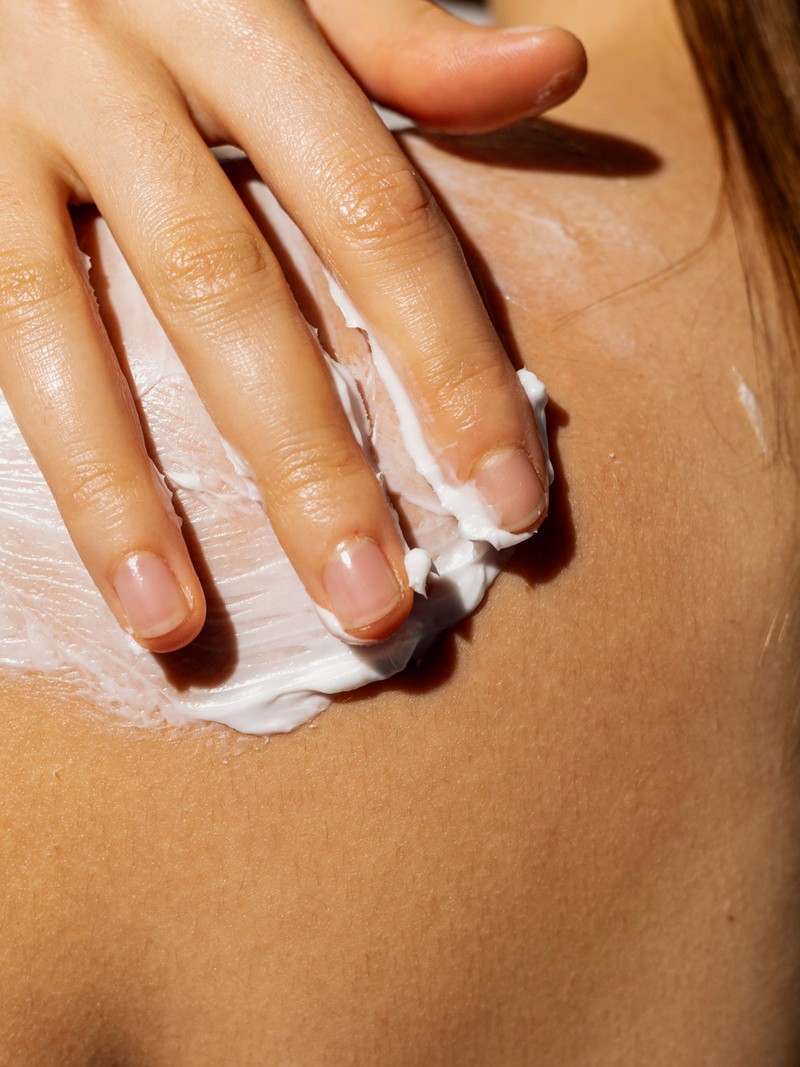
What Urea Is In Skincare & How To Use It
What It Is
“Urea is a by-product of waste production in the body, created in the liver and then excreted by the kidneys in humans and mammals. However, within the context of skincare it’s actually created synthetically, so it’s not derived from animal sources. This multi-tasking ingredient can be used to soften the skin, but in higher concentrations it also has the ability to slough away dead cells, meaning it can be really useful for treating certain skin conditions where there’s build-up and slower cell turnover.” – Emma Coleman, aesthetic & dermatology nurse practitioner
“A key component of your skin’s natural moisturising factors (NMF), this molecule is crucial for healthy barrier function. It’s a humectant, meaning it attracts water to the skin to keep it hydrated, as well as an emollient, so it seals in moisture. Urea is a component of urine, but it doesn’t contain urine.” – Dr Clare Kiely, consultant dermatologist & co-founder of The Skin Diary
What It Can Do
It Boosts Hydration
“Thanks to its humectant properties, urea draws and retains moisture, helping to maintain the skin’s hydration levels and minimise dryness. When used in low concentrations, urea is suitable for all skin types. It’s particularly useful for those with dry, dehydrated or rough skin and can be used on both the face and body.” – Dr Derrick Phillips, consultant dermatologist
It Seals In Moisture
“Urea is an emollient, meaning it creates a layer on top of the skin, sealing in moisture. There’s a wide range of urea products on the market, but I particularly like those that can be used in conjunction with water while you bathe or shower. Hard water strips the skin’s natural oils, and if you live in an area of the UK that has hard water, you’ll likely benefit from a urea product that will lock in moisture and make your skin feel more comfortable.” – Emma
It Softens Roughness
“In higher concentrations, urea an act like an exfoliator by acting as a keratolytic. This means it can be used to soften the skin, particularly useful on areas of the body where the outer layer of the skin is naturally thicker or rougher, like the soles of the feet or palms of the hands.” – Clare
It Smooths Texture
“A formula with a mid-level concentration can be used for both hydration and mild exfoliation. This can be used to break down and remove dead skin cells on rough, uneven areas, resulting in smoother texture.” – Clare
It Can Improve Common Skin Conditions
“Urea is great for targeting keratosis pilaris – a skin condition caused by keratin build-up, presenting as small bumps, often on the upper arms – and some types of atopic dermatitis. This is because it works well to hydrate and soften the skin through its keratolytic properties.” – Clare
“As well as being a humectant, urea is also an emollient, which means it has a moisturising effect on the skin, helping to relieve dryness, itching, and scaling, and soothe conditions such as eczema, psoriasis and sensitive skin.” – Derrick
It Works Well With Other Ingredients
“Another great thing about urea is that it works well in synergy with most other skincare ingredients.
While it’s generally tolerated well by most skin types, some people may experience mild irritation when using products with a higher concentration so it’s advisable to perform a small patch test first.” – Derrick
It Enhances Product Absorption
“Urea can be used to enhance the absorption of retinol and other active ingredients in skincare products for example hyaluronic acid, vitamin C and niacinamide. It improves penetration, meaning potent serums can be delivered deeper into the skin’s layers. I recommend applying your serum after cleansing, then applying your chosen urea product over the top.” – Emma
The Recommended Formulas
“Flexitol 10% Urea Cream is a product I often recommend to those who have more serious skin conditions such as dermatitis, eczema or psoriasis. Also, Eucerin has a really versatile range, spanning from scalp and face to body, and available in different concentrations. If you’re after a formula with a higher concentration, go for one of the more reputable, well-known brands like Eucerin or Flexitol for the best results.” – Emma
The Different Concentrations
- Low (3-5%) Best for hydration. If you spot urea within the ingredient list of a facial skincare product, it’s likely that it’s in a low concentration. This way it’s gentle enough for use on the face, usually present in creams and moisturisers designed to address dryness.
- Mid (10%) Best for hydration and mild exfoliation. This mid-level concentration is well-suited to those rougher areas of the body as well as the face in cases where people are experiencing moderate dryness. You can also use this concentration to treat keratosis pilaris.
- High (40%+) Best for deep exfoliation. In a higher strength, urea can be used on areas of the body where the skin is thicker, like the feet, elbows and knees, or to address severe dryness, eczema or psoriasis.
SHOP THE PRODUCT EDIT



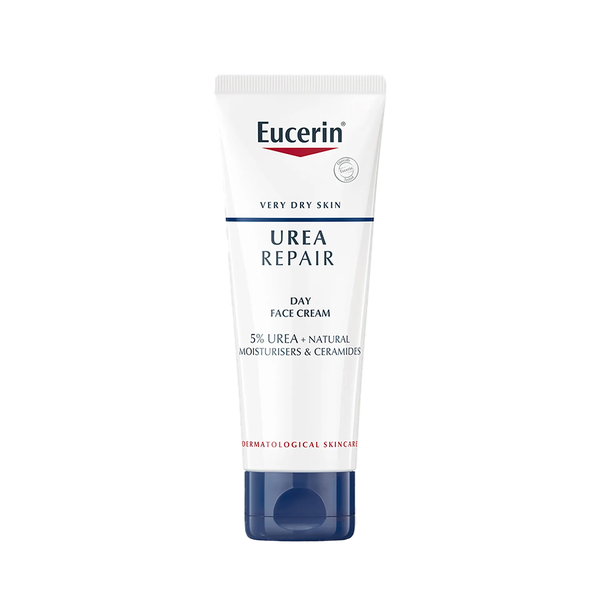

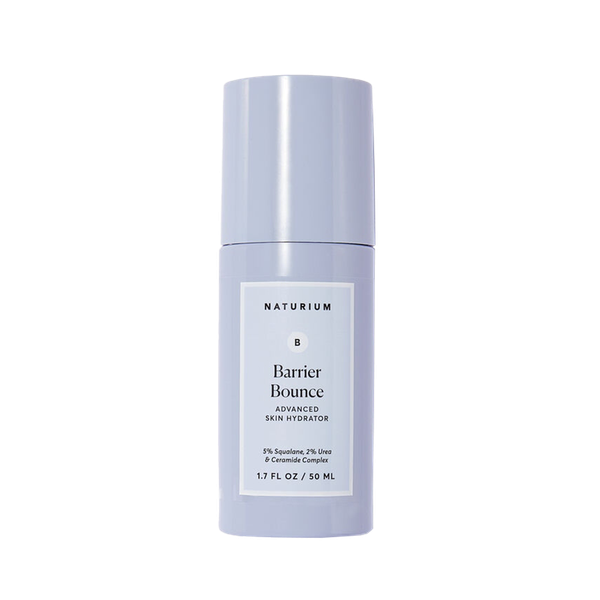
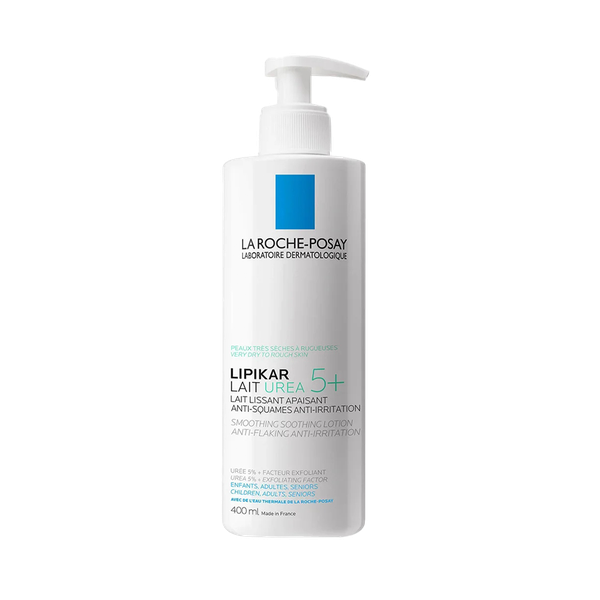
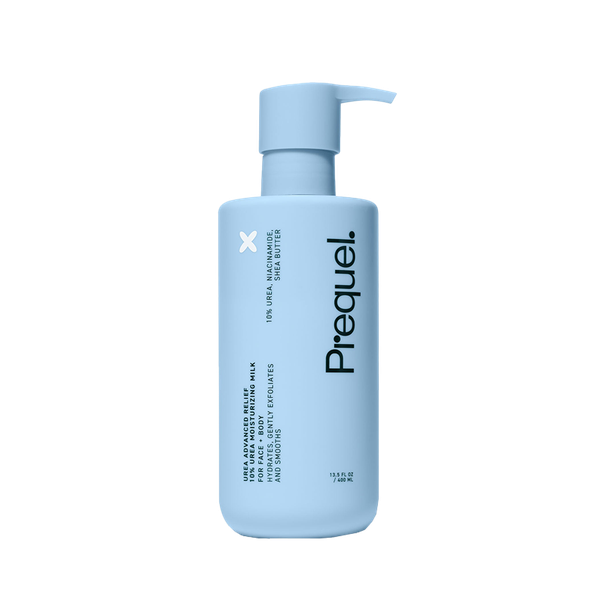
DISCLAIMER: Features published by SheerLuxe are not intended to treat, diagnose, cure or prevent any disease. Always seek the advice of your GP or another qualified healthcare provider for any questions you have regarding a medical condition, and before undertaking any diet, exercise or other health-related programme.
DISCLAIMER: We endeavour to always credit the correct original source of every image we use. If you think a credit may be incorrect, please contact us at info@sheerluxe.com.

